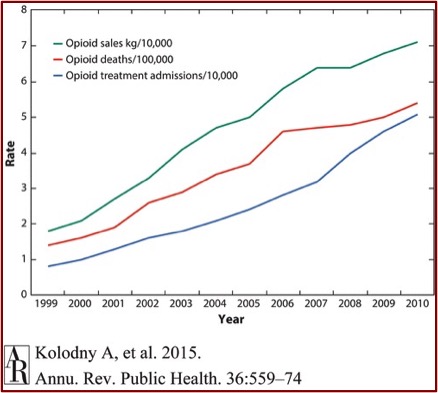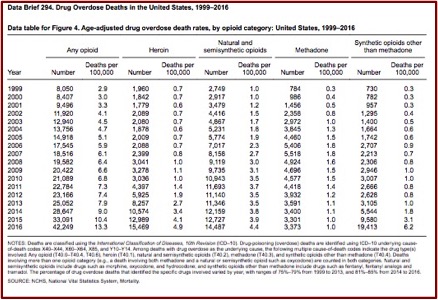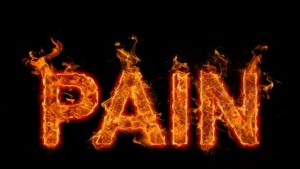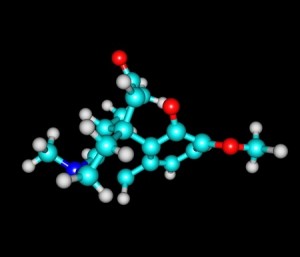It Doesn’t Seem Right

Back in October of 2020 Purdue Pharma signed an $8 billion-plus settlement with the U.S. Department of Justice. Purdue agreed to plead guilty to three federal criminal charges for its role in creating the nation’s opioid epidemic and shut down the company. The charges included conspiracy to defraud the U.S. government. The Daily Beast reported Purdue will admit it impeded the DEA by falsely representing it had maintained an adequate program to stop drug diversion while the company’s internal system was beginning to sound an alarm. Purdue will also admit to violating antikickback laws by inducing doctors to write more prescriptions for opioids through a paid speaker program.
Some states objected to the settlement. CNN Business reported that while the $8 billion plus agreement would be a record settlement paid by a pharmaceutical company, it is only a fraction of the cost to federal, state and local governments fighting the opioid crisis. State lawsuits throughout the country have filed claims for over $2 trillion. State attorneys general and members of Congress objected to the settlement, saying it does not hold the Sackler family and Purdue properly accountable. The Connecticut Attorney General said: “The federal government had the power here to put the Sacklers in jail, and they didn’t. Instead, they took fines and penalties that Purdue likely will never fully pay.”
If the only practical consequence of your Department’s investigation is that a handful of billionaires are made slightly less rich, we fear that the American people will lose faith in the ability of the Department to provide accountability and equal justice under the law.
Members of the Sackler family withdrew more than $10 billion from Purdue Pharma and placed it in family trusts, as the company faced growing scrutiny related to its role in the opioid epidemic. A statement from the family said, “Members of the Sackler family who served on Purdue’s board of directors acted ethically and lawfully, and the upcoming release of company documents will prove that fact in detail.”
The New York Times (NYT) reported a Purdue Pharma proposal to restructure itself as a nonprofit company was put to a vote and approved by huge majority of its creditors. The restructuring plan would protect the company from further legal action over opioids. It also includes a blanket release from civil lawsuits for the Sackler family, who argued if the plan is confirmed, they should be covered by the same release from all present and future lawsuits as their company would be. “Neither the company, nor the Sacklers, would admit to wrongdoing in connection with these lawsuits.”
Under the plan, the Sacklers would surrender control of Purdue. The company would receive a new name and be run by an independently appointed board. The Sackler family would also pay at least $4.5 billion of their personal funds over nine years. That is in addition to the $225 million from a separate civil settlement with the DOJ.
According to the plan, the reconstituted, as-yet unnamed company would fund about a half-dozen trusts, including separate ones for tribes, adults and children. Proceeds from the sales of the nonprofit’s overdose-reversing medications as well as from moderate quantities of OxyContin would continue to be pumped into these trusts.
In July 2021, NPR said fifteen states, including Massachusetts, New York, Pennsylvania, Colorado and Illinois dropped their opposition to the Purdue bankruptcy plan, according to documents filed by a court mediator. Federal bankruptcy judge Shelley Chapman said in the legal filing, “The negotiations were difficult and hard-fought, with the outcome uncertain.” Chapman was appointed to mediate a settlement the opposing states could accept. The settlement is all but certain to be finalized. In addition to members of the Sackler family, the settlement would shelter many of their associates from future opioid lawsuits.
Under the mediation agreement, Purdue agreed to release more than 30 million documents to a public repository, including private communications with lawyers. Although those documents are expected to expose the full story of the company’s and the Sackler family’s complicity in selling OxyContin, they will be shielded from any further legal action by the Purdue restructuring plan. Members of Congress have introduced legislation to close a loophole in the bankruptcy code that permitted Purdue Pharma to declare bankruptcy, while its owners—the Sacklers—did not. They will remain as one of the richest families in the U.S. Even if the legislation passes, the Purdue plan will have been long since resolved.
The hearing before the U.S. House of Representatives’ Judiciary’s Subcommittee on Antitrust, Commercial and Administrative Law took place as Democratic members of the House and Senate introduced legislation aimed at reforming areas of bankruptcy law relevant to the Sackler family and Purdue situation.
The Nondebtor Release Prohibition Act of 2021 would prohibit litigation shields for owners or insiders of bankrupt companies. Though not included in the legislation, Wednesday’s hearing also focused on potential reforms to limit the ability of bankrupt companies to select judges they think will be favorable to them.
According to Reuters, the trial over the Purdue Pharma settlement began on August 12th and was supposed to take two weeks. The settlement is supported by all but nine states, including Connecticut (where Purdue is headquartered), California, Maryland and Washington. Washington’s attorney general said he could not in good conscience accept the terms of Purdue’s deal. “The latest settlement plan ‘allows the Sacklers to walk away as billionaires with a legal shield for life.’” Adding insult to injury, he said “they don’t even have to apologize.”
Purdue says the deal is worth more than $10 billion. If the settlement is approved, Purdue assets will be transferred to the new company. The company will be governed by a new independent board, “who will operate in a responsible and sustainable manner taking into account long-term public health interests related to the opioid crisis.” The Sackler family will have no involvement in the new company, and will end their involvement in pharmaceutical companies worldwide.
Critics of the settlement oppose the “third-party releases” that would provide legal protections to the Sacklers. The company has said that without the releases, the entire settlement, including billions of dollars for state and local opioid abatement programs, would collapse.
On September 1st, The NYT reported the settlement agreement was provisionally approved and Purdue Pharma was dissolved. The presiding judge said the case was a B-I-T-T-E-R result, spelling out the word. He was incredibly frustrated that so much of the Sackler money was in offshore accounts. He had wished for and expected a higher settlement. The costs of further delay and the benefits of the agreement with its focus on lessening the impact of the opioid epidemic influenced his decision.
Just last month, Dr. Richard Sackler, a former president and cochairman of the board for Purdue, testified that neither the family, the company nor its products bore any responsibility for the opioid epidemic. Other Sacklers struck a more conciliatory note, saying they were horrified that a medication intended to alleviate pain had, in fact, caused pain to so many. But neither apologized nor took personal responsibility.
So, there it is. It appears that the full story of how OxyContin helped fuel the opioid epidemic will only become known when it is too late for any legal actions to be taken against individuals from Purdue Pharma or the Sackler family. The company, but no persons will be found guilty of federal crimes; no one will apologize or be held accountable for their actions. And that doesn’t seem right.
For other articles on this issue, see: “What Purdue and the Sackler Family Treasure,” “Giving an Opioid Devil Its Due,” The Tale of the OxyContin Lie,” and more.








